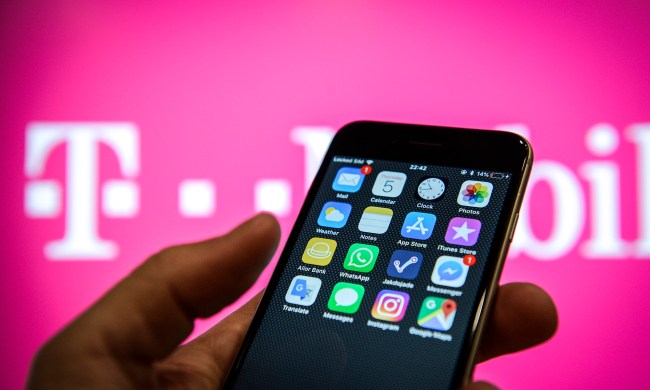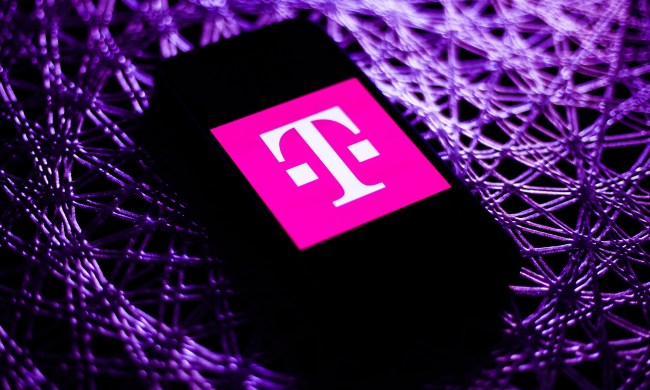T-Mobile has unveiled the next handset in its expanding Android phone lineup, the MyTouch 3G Slide. Unlike the existing MyTouch offerings, the 3G Slide will feature a slide-out QWERTY keyboard for users’ messaging and email needs; the phone will also feature a 3.4-inch display, a 5 megapixel camera, and a selection of custom widgets designed to enhance the T-Mobile experience.

“Many smartphones are increasingly powerful in their features and specifications without continuing to improve the main reason that so many people have mobile phones—the ability to communicate with each other,” said T-Mobile USA product development VP Andrew Sherrard, in a statement. “The new myTouch 3G Slide is a smart and sleek phone that fits into your pocket, your budget, and your family life with exclusive T-Mobile features that put communication with your closest family and friends front and center.”
The MyTouch 3G Slide wil feature Android 2.1, a 3.4-inch HVGA touch-screen display, a 5 megapixel camera, and microSD removable storage—and 8 GB card will come in the box with the phone. The phone will operate on T-Mobile’s 3G network, of course, and also features Wi-Fi connectivity for connecting to the Internet from accessible Wi-Fi hotspots. The MyTouch 3G Slide will pack some heft, though: it weighs 5.8 ounces, which puts it on the chubby side for current smartphones.
T-Mobile will also be packing its own widgets into the phone, including a Faves Gallery that keeps track of up to 20 friends or family members and provides quick access to social networking updates, email, messages, and photos associated with those people. A myModes application lets users easily switch between roles (like work and play). A Genius Button powered by Dragon Naturally Speaking speech recognition technology lets owners use voice commands to make calls and even composing messages and searching the Web.
The MyTouch 3G Slide should be available in June; T-Mobile has not released any pricing information yet.

